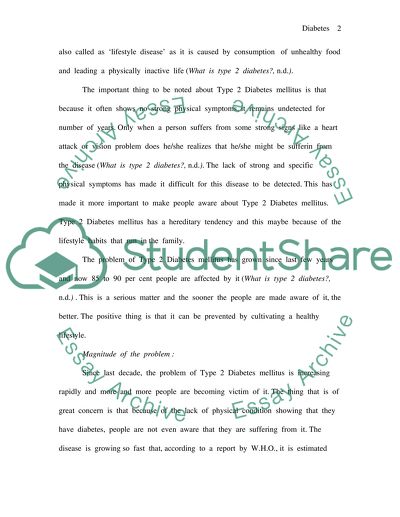Cite this document
(“Normative and Felt Needs Assessment Essay Example | Topics and Well Written Essays - 2250 words”, n.d.)
Retrieved from https://studentshare.org/miscellaneous/1557071-normative-and-felt-needs-assessment
Retrieved from https://studentshare.org/miscellaneous/1557071-normative-and-felt-needs-assessment
(Normative and Felt Needs Assessment Essay Example | Topics and Well Written Essays - 2250 Words)
https://studentshare.org/miscellaneous/1557071-normative-and-felt-needs-assessment.
https://studentshare.org/miscellaneous/1557071-normative-and-felt-needs-assessment.
“Normative and Felt Needs Assessment Essay Example | Topics and Well Written Essays - 2250 Words”, n.d. https://studentshare.org/miscellaneous/1557071-normative-and-felt-needs-assessment.


